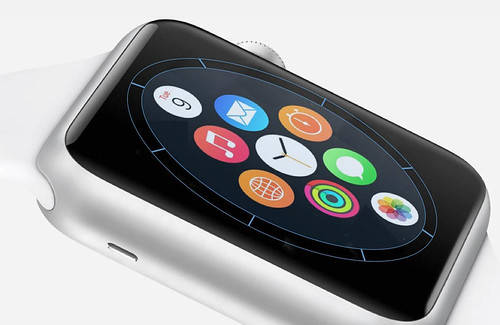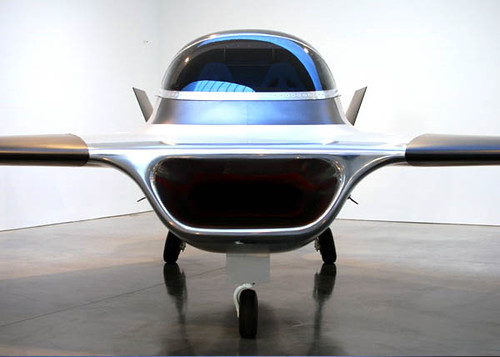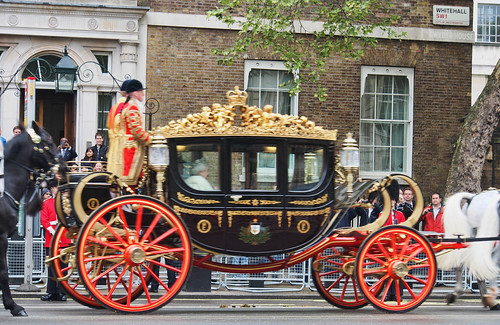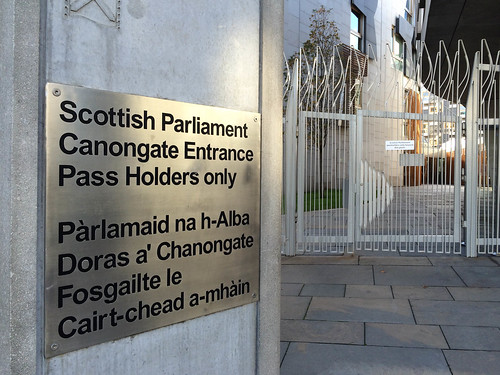
We've just seen the NT production of Tennessee Williams 'A Streetcar named Desire' which has Gillian Anderson playing Blanche DuBois.
It's been running at the Young Vic, although we actually tried out the NT Live screening of it, which was a very interesting experience.
First, the play. A real tour-de-force for Anderson, from the time she tidily arrives at the New Orleans split house of her sister Stella (Vanessa Kirby) and seeks the Jim Beam from the cupboard under the sink.
Then we watch an alcoholic decline in her fortune, interspersed with squandered saving moments.
Blanche wants the lights dimmed, symbolising a reduction in truth, although it's more about an escape from realism.
"I don't want realism. I want magic. …I try to give that to people. I misrepresent things to them. I don't tell truth, I tell what ought to be truth…."
Her sister's husband Stanley Kowalski (Ben Foster) is altogether more worldly, wanting to know where the family property has gone, harking to the New Orleans Napoleonic Code of 'what's yours is mine', for what he considers is his share of the (non-existent) family fortune.
The catalyst of Stanley sets a path towards Blanche's self-destruction, along with the twisting revelations from her life before arriving in New Orleans.

There's plenty of brilliant lines delivered, sometimes at a whipcrack pace that leaves one reeling from the need to process as the story moves along.
"…...Soft people have got to shimmer and glow. They've got to put on soft colors, the colors of butterfly wings..." before the demise of Blanche towards living in the bath with a glass of bourbon.
It's been set in a supposedly modern time, although the scripting is original with arcane phone numbers 'Magnolia 1234' etc. some dated expressions and cordless but not cellular phones. For me, this didn't matter one jot and the sparseness of the unwalled setting gave mental licence to edit for the key aspects.
And that's where the NT Live big screening comes in.
It allowed an added intimacy as the camera action stalked in amongst the actors. Still very much a play, it gave stunning perspectives that would never be seen in a conventional production. The Young Vic set revolved too, spinning slowly in its slightly addled state, with the skeletal walls providing ways to see every angle on what was happening.
I loved this way to watch this play. It won't replace conventional theatre, but was a fascinating and appropriate alternative way to see this production, allowing every aspect to be scrutinised. The production anyway calls for the various monologues to be widely delivered and the Young Vic audience in the round formed the bubble of a world representing the New Orleans Quarter.
This was a kind of 'for one day only' thing, but I shall watch out for others.























